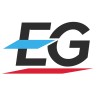eSports
Exclusive Q&A with Alex Shybanov, Senior Sales Manager for CEE Region/PandaScore
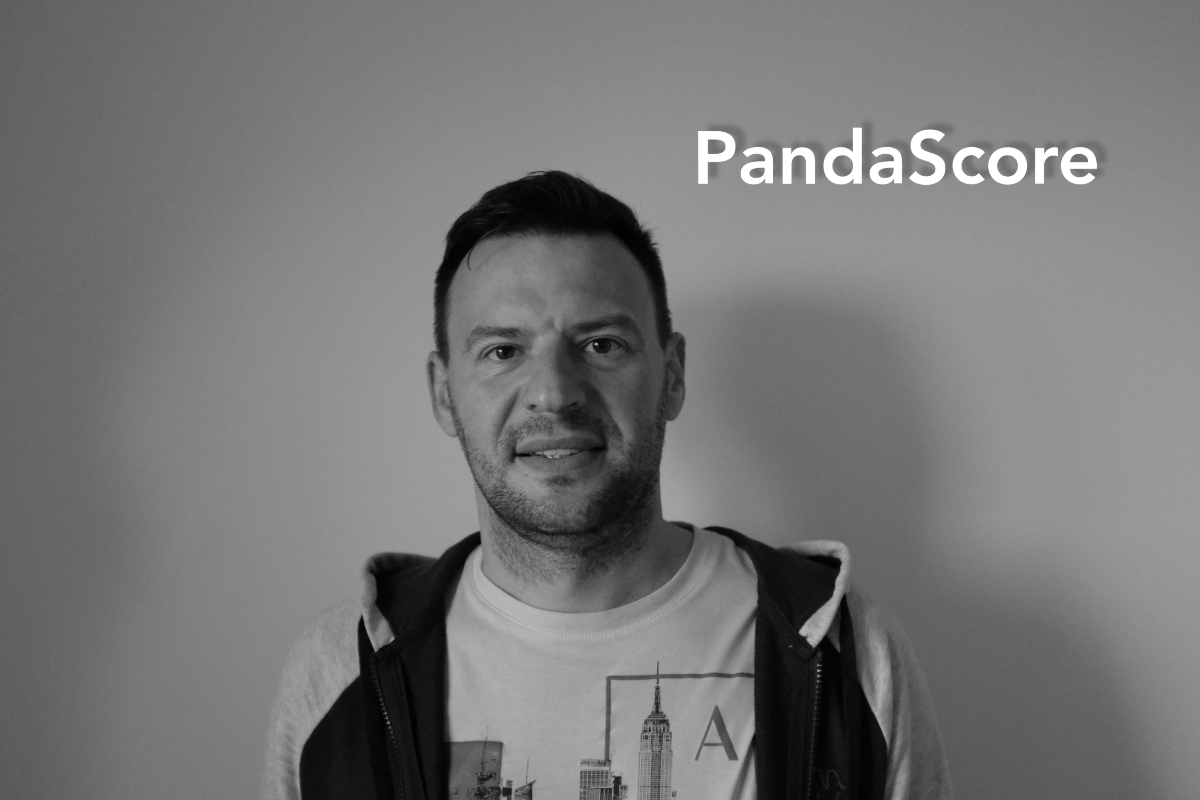
What is the difference between PandaScore and big suppliers?
The biggest difference is that we’re solely focused on esports whereas a lot of the bigger suppliers concentrated on traditional sports. For PandaScore esports is the only priority. We’re also fast and agile – we can implement new products and features incredibly quickly allowing our partners to leverage the fast-growing nature of the sector.
Another major difference is the data-led approach we take. We combine this with AI, our own trading models and a team of highly skilled traders which allows us to present one of the best esports betting products in the market.
Our trading models are worth highlighting as this is what really sets us apart. They’re fully automated and cover all of the sports that we have. In comparison, most of the big suppliers are still using manual or semi-manual models.
Finally, the number of markets we offer and our uptime (the percentage of time that lines are open and available for players to place bets) is unrivalled. We are also open to feedback and regularly work with our partners to implement new tools and features.
This enables us to satisfy their individual needs and continually improve performance, something that the big providers cannot offer especially if esports is not considered a priority for them.
What do you have to say about the esports market in Central & Eastern Europe?
It is fast-growing, for sure, and is really well developed when compared with other European regions and markets like the UK. In fact, across CEE esports is often among the top five bets on sports in terms of revenues and turnover.
What is driving this? Several factors but in particular there are some really strong teams that are based out of CEE countries. This includes Na’Vi (CS:GO) and Team Spirit (Dota 2) – 2021 TI champions. This has helped to elevate the popularity of esports across the region.
To bet on esports, you really have to play esports and CEE is a big market in terms of the number of players that play video games. This in turn helps to drive esports engagement and betting on esports as there is a larger pool of consumers that understand how it all works.
What is interesting is the popularity of certain games in CEE, which differs from other European markets. CS:GO is by far the most popular game to play, with Dota 2 number two across the market. But globally, League of Legends is the most popular.
Why is your trading solution specifically suited for the CEE market?
There are several key reasons why PandaScore is perfectly suited for operators targeting the CEE market. The first is our local coverage; we offer odds and markets on all local tournaments across the region including in Poland, the Czech Republic and Russia.
Next, our data-driven approach and unique models allows us to achieve the best uptime. For CS:GO uptime levels are in excess of 90% and with Dota 2 it is 75%. This is between 20-25% more than our rivals which means our partners can offer their players more betting opportunities.
This is achieved via our automated models and not having to change the lines manually. With players able to bet 25% more during the game, this is a major value driver for operators. This is only set to become more significant with the continued growth of live esports betting.
Finally, we have comprehensive margin management, and this is important for operators targeting the region because esports bettors are sophisticated. They are not recreational players and have a deep understanding of how games work and the betting options available to them.
Our partners can set different margins across a range of factors such as pre-match, live, games, markets, and more.
This allows them to maximise their margin but also run promotions around particular games and markets, lowering the odds to make them more attractive on a specific game and then setting a higher margin on second and third-tier games to balance this off.
How do you balance this approach for your partner operators, who may have different needs?
Our trading dashboard has been designed to put the power in an operator’s hands. Their traders can manage everything from booking (such as by game, tournament tier, automated) to margin management (possibility to set different margins for different games, markets, tournaments) and more.We have many different markets, especially for live betting. For CS:GO, for instance, we have 60 pre-match markets and 24 live markets.
As an example, we have recently rolled out player markets for total kills over/under. This allows operators to increase revenues by offering markets on specific players and teams that are popular in that region or market. And it’s becoming more and more popular.
What are PandaScore’s goals for 2022 and esports?
Esports will continue on its rapid growth trajectory. It is already in the top five sports in some markets and I believe this will become the case in more and more regions in 2022. Offline tournaments are also returning which will be a further catalyst for growth.
Regarding PandaScore, we will continue to increase the scale and scope of our coverage and particularly when it comes to local coverage. This will be driven in part by cooperating with local tournaments and securing additional data partnerships.
We will keep building out our market and product offerings – player markets have launched with CS:GO but we plan to extend this to other games such as Dota 2. We are also working on offering multiples for specific games with a bet builder feature also in the works.
2022 is set to be another breakthrough year for esports and esports betting, and as always PandaScore will be at the cutting edge of this incredible sector.
eSports
North Star Network acquires Um Dois Esportes
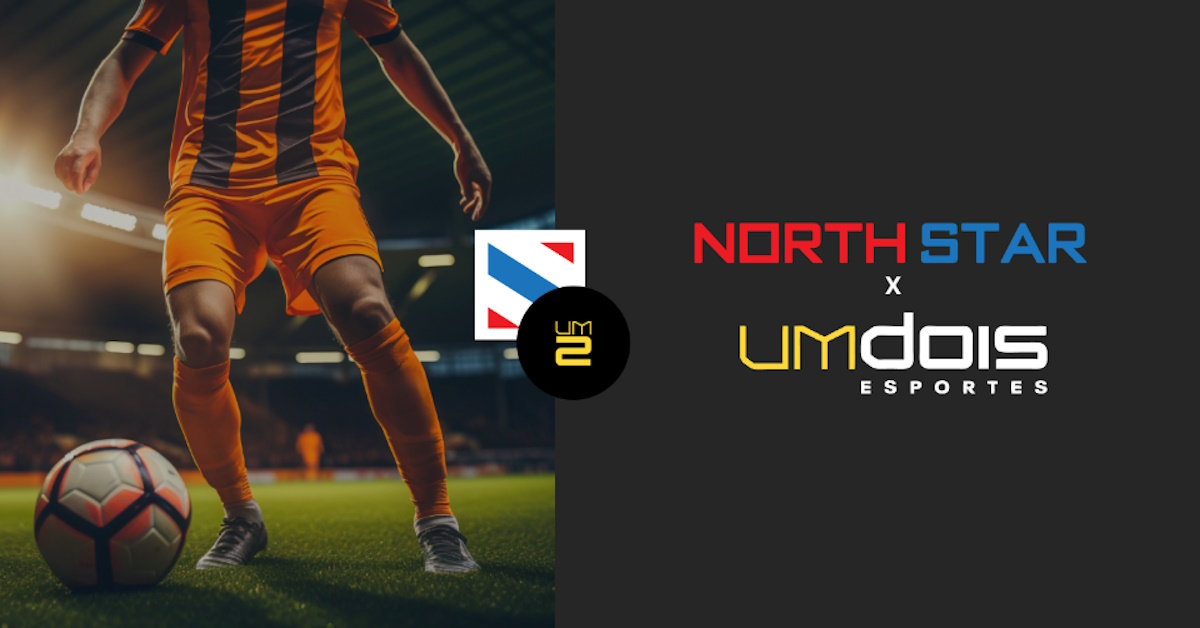
North Star Network are delighted to announce the acquisition of umdoisesportes.com.br, which becomes the latest addition to NSN’s global sports media portfolio.
Born from the GRPCOM merger of the editorial teams of Gazeta Do Povo and Tribuna do Paraná in 2020, Um Dois Esportes provides in-depth sports coverage and analysis for the Brazilian state of Paraná and beyond.
North Star Network co-founder Julien Josset said: “Thank you to the team at GRPCOM for their faith in us to take the brand forward. Um Dois Esportes is an established and renowned site in Paraná State, and we’re excited about the challenge of developing this asset.”
“We’re happy to maintain the collaboration with the existing editorial team, and look forward to working with them, bringing our unique NSN approach, to take UDE forward.” NSN’s signing of Um Dois Esportes is the media house’s fourth acquisition of 2024, following the recent deals to purchase UK-based SportsMole and MrFixitsTips, as well as Chilean site AlAireLibre, which was announced in March.
The latest addition to the North Star media portfolio joins existing assets including Top Mercato, Afrik-Foot, and Vringe. The Paris-based company already oversees a significant Brazilian operation, delivering over 6 million sessions per month, from the likes of Trivela, Premier League Brasil and Lakers Brasil.
NSN will retain Curitiba-based journalists from the Um Dois Esportes legacy team to maintain the asset’s unique tone and popular coverage of the Paraná sports scene across site and social.
“We were surprised by the interest, and initially had no intention of selling Um Dois, but as the conversations evolved, we realised this was a serious group with good intentions,” said GRPCOM Director Rafael Mello. “We were very happy to see our project being valued by a large international group and going global, demonstrating the quality of the content we produced.”
“We’re also proud that North Star inherited our journalists, who are truly responsible for the success of the product we offer readers every day.”
eSports
GIANTX Promotes LVP Superliga Toplaner Th3Antonio to the League of Legends EMEA Championship Roster
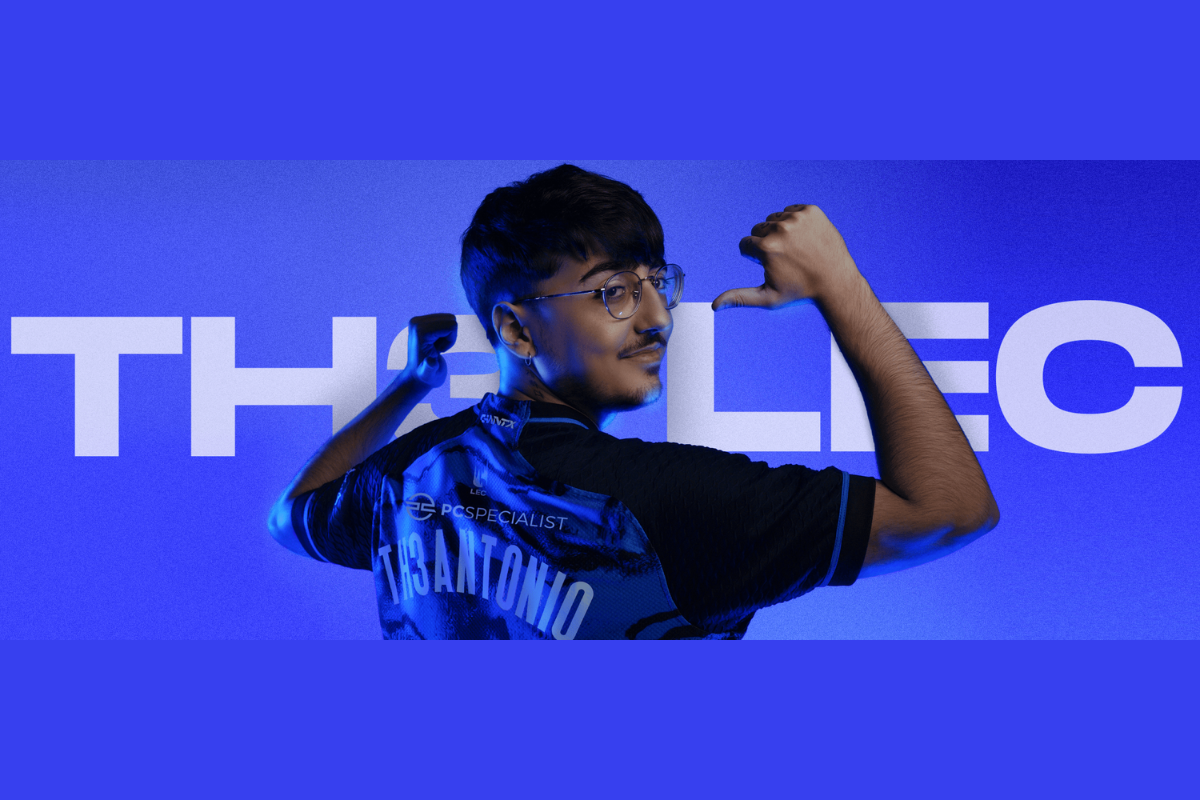
Today, GIANTX is excited to announce an update to its LEC competitive roster. Antonio”Th3Antonio” Espinosa Bejarano is recognised as one of the most successful LVP Superliga players in the history of GIANTX, and he has now reached a pivotal moment in his career to compete in the League of Legends EMEA Championship (LEC).
The LEC is the most important League of Legends competition in Europe and one of the most relevant in the international esports scene. The Barcelona-born ‘toplaner’ will be part of the lineup kicking off the LEC Summer split season in Berlin, which starts in June. As the community quotes; ‘Th3LEC’ is finally a reality.
Commenting on his new role, Th3Antonio said:
“This is the dream I’ve been working towards since I entered esports. I always wanted to compete at the highest level to face the best, and finally, I have this opportunity. I never stopped striving, and thanks to that and the work we’ve done together with all my teammates, we’ve achieved great things in Spain, but the LEC has always been my ultimate goal. Going to the LEC with my lifelong club, GIANTX, is a double dream. Everyone knows what GIANTX means to me”.
Sports Director at GIANTX, David Alonso, added:
“Th3Antonio deserves this opportunity, both in recognition of the level he’s at and all the work he has put in over the past few years. We are convinced of this decision and that he will give everything to succeed in the LEC. He has always been characterised by sacrificing himself for others, and lately, he has taken a step forward by leading in crucial moments, a clear sign of his maturity as a player”.
Having joined at a young age in 2017, Antonio ‘Th3Antonio’ Espinosa has become one of the most decorated players of the LVP Superliga and of GIANTX history. During his time with the team, he has won four Superliga titles, two Iberian Cups, one Copa, and has reached an EMEA Masters final, as well as other national competitions.
The decision to promote Th3Antonio reflects GIANTX’s need to implement changes following the results of the LEC Winter and Spring split seasons. In both splits, the team fell short in the first round of playoffs. The Summer split season is the main shot at Worlds for all teams, and the aim of the club was to make the necessary changes to achieve this goal. After a period of reflection and numerous trials, Th3Antonio has been chosen for the toplaner position.
eSports
L&G esports team founded by Alona Shevtsova won the national Dragon EC Cup tournament
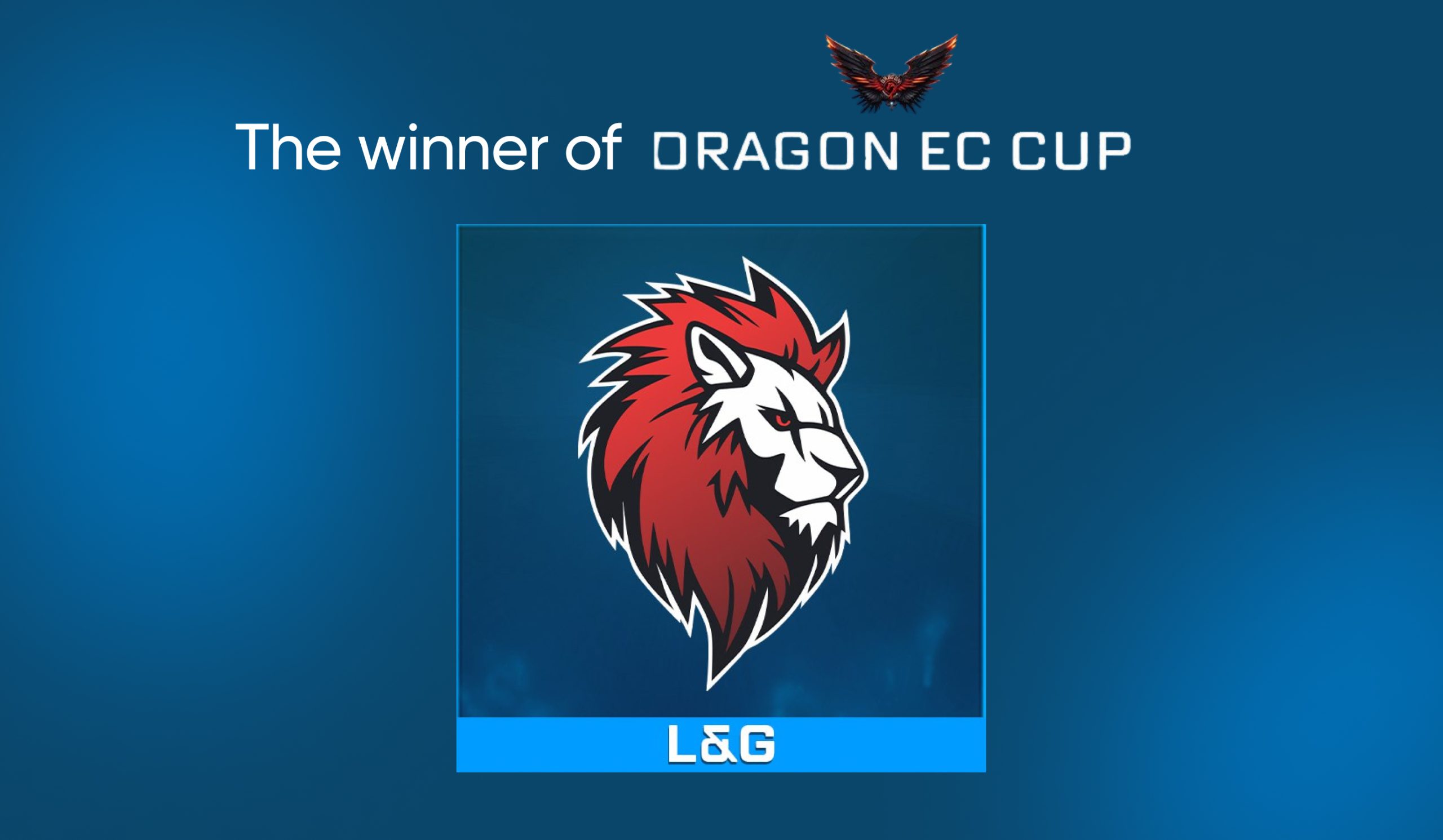
Ukrainian esports team L&G won the Dragon EC Cup tournament, held on the 20th of April by Dragon Esports Club. Four teams competed in the tournament’s final: Lazer Cats, L&G, which received a direct invitation to the final stage, EsportsBattle, and ThunderFlash, which had open qualifiers. During the Grand Final, the L&G team competed with Lazer Cats on Mirage, Anubis, and Vertigo maps.
“This victory is a testament to the exceptional talent and commitment of our players, as well as the collective effort of our coaching staff and support personnel,” said Alona Shevtsova, founder of L&G Esports. “We are immensely proud of their accomplishments and grateful for the unwavering support of our fans.”
L&G is among the top 5 Ukrainian teams in Counter-Strike: Global Offensive. It was founded in 2021. The previous name was Leogaming, and it was created on the initiative of the famous Alona Shevtsova from the fintech sector.
The team began competing in top tournaments and almost immediately made it to the Advanced division of the ESEA League Europe competition. The team also participated in and took prizes in European tournaments such as the SCL League, WhiteBit Crypto Open, Phoenix League, and local competitions. The team players are marat2k, r0ublE, kr1vda, kL1o, OneUn1que, rji (coach).
The winners received a 50,000 UAH prize. Dragon Esports Club also prepared a 15-skin giveaway for the broadcast’s viewers.
It is worth mentioning that the L&G team created its merch items, which are available for order worldwide. To get more information about the team, visit the L&G Instagram page, Twitch, or Telegram Channel.
-

 Latest News6 days ago
Latest News6 days agoTHE UNIT APPOINTS ADAM NOBLE AS CHIEF COMMERCIAL OFFICER
-

 Gaming6 days ago
Gaming6 days agoThe German Games Industry Association congratulates all winners of the German Computer Game Awards 2024
-

 Asia5 days ago
Asia5 days agoIndonesian Govt to Form Task Force to Tackle Online Gambling
-

 Baltics6 days ago
Baltics6 days agoMARE BALTICUM Gaming & TECH Summit Announces Final Agenda for 2024 Event
-

 Africa6 days ago
Africa6 days agoNE Group powers 888bets launch in Angola
-

 Latest News6 days ago
Latest News6 days agoINSPIRED LAUNCHES VIRTUAL SPORTS WITH COMEON GROUP
-

 Industry News6 days ago
Industry News6 days agoWazdan set to gain more ground at Casino Beats Summit Malta
-

 Central Europe6 days ago
Central Europe6 days agoApparat Gaming and edict egaming announce partnership
